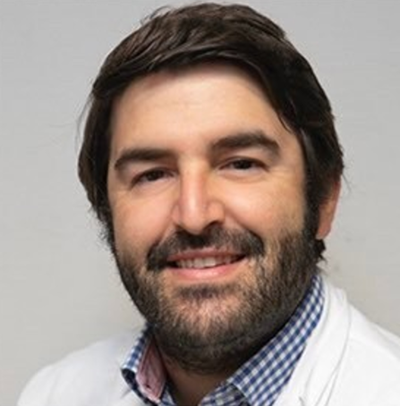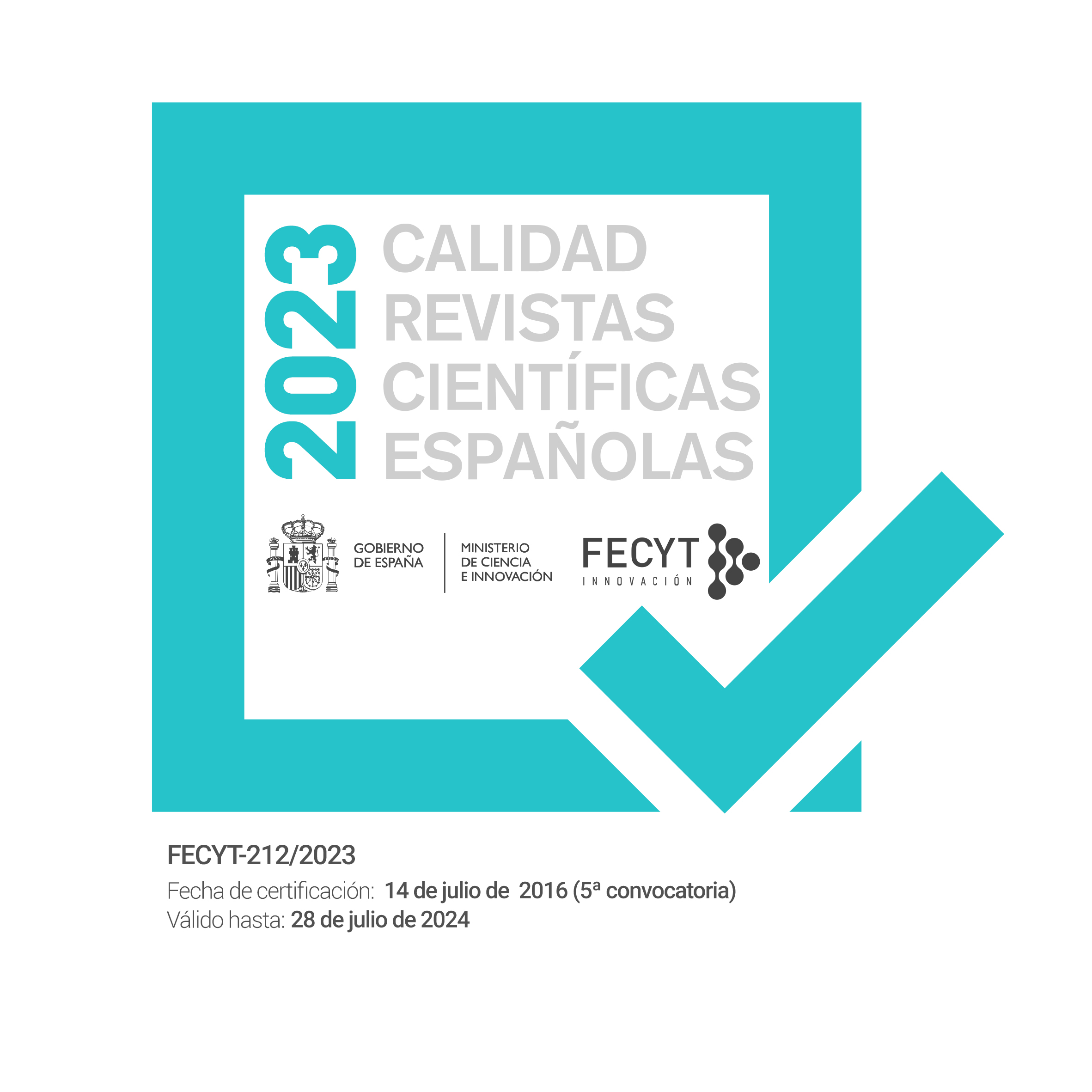Demostrar que el esfínter estriado de la uretra recibe inervación somática por vía intrapélvica, y no a través del nervio pudendo interno, un nervio extrapélvico en todo su recorrido. Estudiar la relación del plexo pélvico con los órganos génito-urinarios y sus implicaciones quirúrgicas.
MétodosFueron estudiados 6 embriones y 2 fetos, cortados y teñidos con técnicas idóneas para estructuras nerviosas. Se efectuó la observación secuencial mediante microscopio óptico de las estructuras que constituyen el plexo pélvico, y el nervio pudendo interno. Se efectuó la reconstrucción tridimensional de dos fetos para estudiar las relaciones de dichas estructuras con los órganos génitourinarios.
ResultadosEn los ejemplares de 19, 25 y 30 mm de longitud, se identificó una rama nerviosa que partiendo del nervio pudendo interno se unía al ganglio hipogástrico, muy cerca del sitio donde se unen los nervios pélvicos. En los embriones de 30 y 39 mm se apreciaron ramas eferentes del ganglio hipogástrico, que tras un corto recorrido descendente penetran dentro del esfínter estriado.
ConclusionesNuestros hallazgos confirman que el esfínter estriado de la uretra recibe inervación autónoma y somática a través del plexo pélvico, y por lo tanto, es susceptible de ser lesionada durante la cirugía oncológica de los órganos pélvicos. El mejor conocimiento de estas estructuras y la aplicación de técnicas quirúrgicas de preservación nerviosa, pueden disminuir la incidencia de incontinencia post-operatoria en este tipo de cirugía.
To demonstrate that somatic innervation of the urethrae striate sphincter is intrapelvic and not through an internal pudendal nerve, an extrapelvic nerve in its entire path. To study the relationship of the pelvic plexus with genito-urinary organs and its surgical implications.
Methods6 embryos and 2 fetuses, sliced and stained with techniques suitable for nervous structures were studied. Sequential observation of the pelvic plexus structures and the internal pudendal nerve was carried out using light microscopy. Three-dimensional reconstruction of the two fetuses was performed to study the relationships of these structures with the genito-urinary organs.
ResultsA nervous branch was identified in the 19, 25 and 30 mm long specimens that started at the internal pudendal nerve and joined the hypogastric ganglion close to the site of pelvic nerves binding. Hypogastric ganglion efferent branches penetrating the striate sphincter after a short descendent run were seen in the 30 and 39 mm embryos.
ConclusionsOur findings confirm that the urethrae striate sphincter received the autonomous and somatic innervation from the pelvic plexus and, therefore, is susceptible to damage during cancer related surgery of the pelvic organs. An improved knowledge of these structures and the use of nerve preservation surgical techniques can reduce the incidence of post-operative incontinence in this type of surgery.









